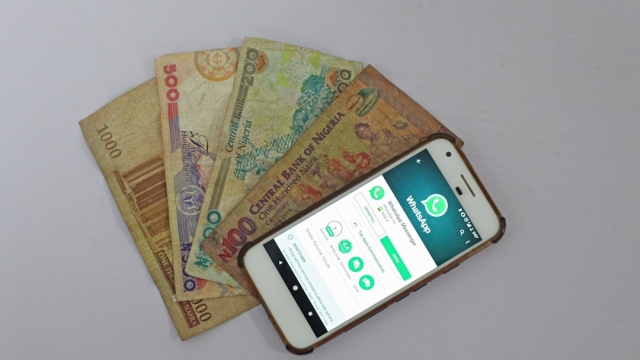Blockchain technology has emerged as a transformative force across various sectors, offering innovative solutions that can enhance transparency, security, and efficiency. At its core, blockchain is a decentralized digital ledger that records transactions across multiple computers in a way that ensures the information is secure, immutable, and accessible. Understanding the foundational principles of blockchain provides insight into its vast potential and application beyond the realm of cryptocurrencies.
Foundational Principles of Blockchain Technology
Blockchain operates on a few key principles that differentiate it from traditional data management systems. Firstly, it employs a decentralized structure, meaning that no single entity has control over the entire network. This decentralization enhances security and reduces the risk of data manipulation. Each transaction is bundled into a block, which is then added to a chain of previous blocks. This creates a chronological record that is difficult to alter without consensus from the network participants.
Another foundational aspect is transparency. Transactions on a blockchain are visible to all participants, promoting accountability. This feature is particularly beneficial in scenarios where trust is paramount, such as financial services and supply chain management. Additionally, blockchain utilizes advanced cryptographic techniques to secure data, making unauthorized access and fraud significantly more challenging.
Real-World Applications of Blockchain
While many initially associate blockchain with cryptocurrencies like Bitcoin, its applications extend far beyond this realm. One prominent area is supply chain management. Companies are increasingly leveraging blockchain to track products from origin to consumer. For example, major retailers have implemented blockchain solutions to provide consumers with transparency about product sourcing, ensuring authenticity and ethical practices.
In the healthcare sector, blockchain technology is being utilized to enhance patient data security and interoperability. By storing medical records on a blockchain, healthcare providers can ensure that patient information is both secure and easily accessible, reducing the risk of data breaches and improving the quality of care.
Voting systems are another critical application where blockchain can ensure integrity and transparency. By using blockchain for casting and counting votes, election processes can become more secure, reducing the risks of tampering and fraud. This application highlights the potential of blockchain to foster trust in democratic processes.
Future Trends and Potential Developments
The future of blockchain holds significant promise, especially as scalability solutions are developed to address some of the current limitations of the technology. As more organizations recognize the blockchain potential, innovations are likely to emerge that enhance transaction speeds and reduce costs, making it more accessible for a wider range of applications.
Integration with emerging technologies, such as artificial intelligence (AI) and the Internet of Things (IoT), is another area ripe with potential. For instance. AI can analyze data stored on blockchains to provide insights and automate decision-making processes, while IoT devices can utilize blockchain to ensure secure and reliable communication between devices. This synergy could revolutionize sectors such as smart cities and autonomous vehicles.
Challenges and Considerations for Adoption
Despite its potential, widespread adoption of blockchain technology is not without challenges. Issues such as regulatory uncertainty, the technical complexity of implementation, and energy consumption concerns must be addressed for broader acceptance. Organizations considering blockchain solutions need to weigh these factors against the potential benefits carefully.
Moreover, fostering collaboration among stakeholders is essential to unlock the full potential of blockchain. Interoperability between different blockchain systems and traditional infrastructures will be crucial to ensure seamless integration and functionality.
In conclusion, the blockchain potential is vast and varied, with applications that could reshape industries and enhance trust in systems that rely on transparency and security. As organizations continue to explore and implement blockchain solutions, the focus will likely shift to overcoming challenges and fostering innovation. By embracing this transformative technology, businesses and societies can pave the way for a future marked by increased efficiency and accountability.
For more insights and analyses on blockchain technology and its myriad applications, explore additional resources and discussions available at BlockNews.



